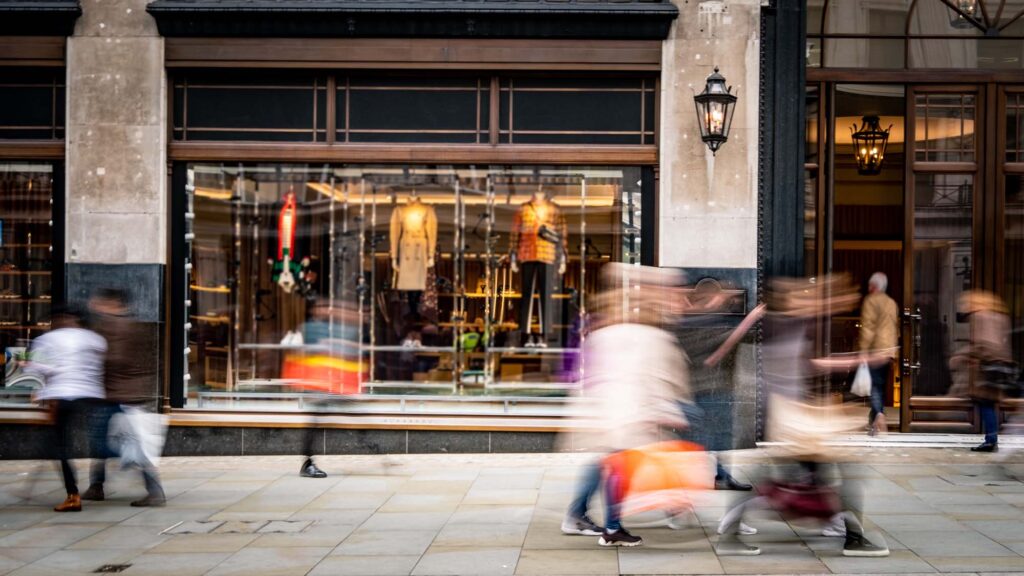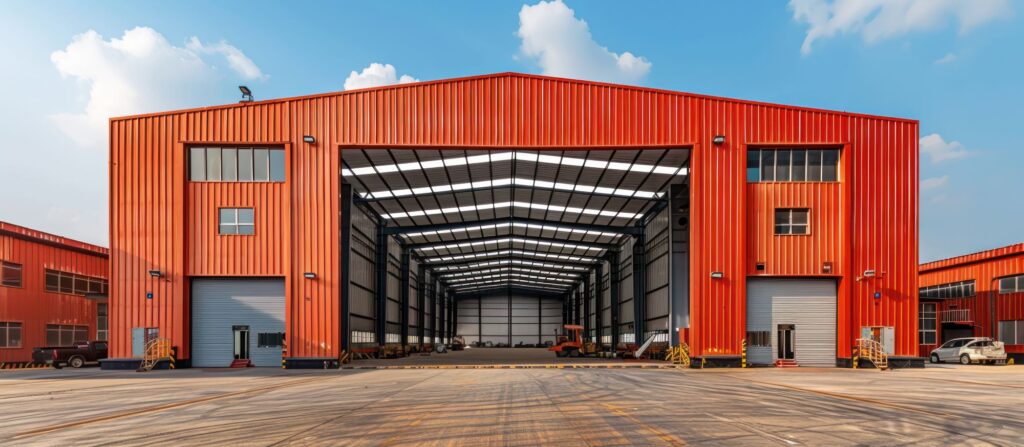Rightmove’s latest Commercial Insights Tracker provides further evidence that investors are increasingly turning their attention back towards the retail sector.
The recovery of the retail sector in the UK continued in the third quarter of the year, according to the latest data from the UK’s number one commercial property website Rightmove.
Demand to invest in retail property was up by 30% compared to the same period in 2024, the company’s latest Commercial Insights Tracker shows, measured by enquiries to commercial agents about listings on Rightmove. At the same time, supply of retail property diminished by 2%.
The figures build on the results of the Q2 tracker, thereby creating a sense of momentum. Last quarter, demand to invest in retail property was up by 35% compared with the same three-month period in 2024, while supply was down 4%.
High-street retail investment demand, which makes up a large proportion of the retail sector, was up by 45% compared to the same quarter last year. That is down slightly on the Q2 year on year figure – 56% – but is nevertheless robust.

The positive outlook for the retail sector is the result of multiple factors, most importantly continuing – albeit cautious – cuts to the Bank of England’s Base Rate. The Base Rate was last cut to 4% on 7 August, its fifth reduction since August 2024.
The Bank of England’s Monetary Policy Committee (MPC) held the rate at 4% in its most recent meeting on 17 September, though some members voted for a further cut. “The Bank is continuing to monitor economic conditions and intends to take a gradual and careful approach to any future interest rate reductions,” it said at the time.
“There can be little doubt that reductions to the base rate are enabling investment in the retail sector,” said Andy Miles, Rightmove’s Managing Director of Commercial Real Estate. “But that is only part of the story. Vendors are also increasingly realistic about the value of their retail properties and the occupational market is improving somewhat.”
He added: “It should also be said that this is not all retail property everywhere. Many high streets and shopping centres in secondary locations will be moving more slowly.”
Steve Rodell, Managing Director – Retail & Leisure, at Christie & Co, agreed. “Despite broader economic uncertainty and reports of declining consumer spending, trade remains steady across needs-driven retail sectors such as convenience stores and petrol stations,” he said.
“These essential services continue to attract strong investor interest. While discretionary spending and luxury retail may feel the pinch if consumers tighten their belts, the overall retail property market remains resilient and we’re seeing high demand for quality assets in desirable locations.”

Rightmove’s statistics are in line with expectations from some of the industry’s leading research firms at the start of the year. Savills’ European Outlook 2025, for instance, explained why money is starting to flow back into retail.
“Retail investment is expected to benefit from a boost in retail sales growth, driven by easing inflation and stronger consumer purchasing power,” it said. “Grocery shops, prime high street assets and retail warehouses will remain particularly attractive.”
It also seems that a lot of retailers are rethinking their strategies, concluding that they require more, not less real estate and thereby boosting the investment market.
“Not only is the consumer migrating back to retail real estate, but the tenants themselves actually recognise that they need retail real estate in a way that they maybe didn’t need it a few years ago,” Rich Hill, global head of real estate at Principal Asset Management, told CRE Media Europe last month.
“Specifically, tenants are recognising that they need retail real estate to satisfy micro fulfilment. So, if you want to get your goods to the consumer in hours, they’re actually using their physical retail stores to do that.”
He added: “It’s become a full fledged circular ecosystem. You need e-commerce to satisfy the retail store and you need the retail store to satisfy e commerce. It’s actually become very symbiotic. There have been studies about this that show that when you close a physical retail store in a given market, usually your e-commerce sales go down.”
It also seems likely that base rate cuts are supporting a broader recovery in commercial property investment in the UK. According to Rightmove’s data, overall demand for investment in commercial property was up 11% year on year in Q3. The equivalent statistic for the second quarter was 20%.

Breaking those statistics down, it’s clear that the industrial and logistics sector still leads the pack, recording a 53% increase in demand from investors in the third quarter. But the office market is also continuing to recover, with investment demand up 31% over the same period.
“Several recent studies, although not looking at the UK in isolation, have shown that workers are spending more days in the office each week,” said Miles. “The pace of change is not dramatic, but it is still significant. That gives investors confidence that reports of the office’s demise were premature.”
Download the Q3 Insights Tracker
Sources:
Savills – European Outlook 2025
Copyright © 2000-2025 Rightmove Group Limited. All rights reserved. Rightmove prohibits the scraping of its content. You can find further details here.